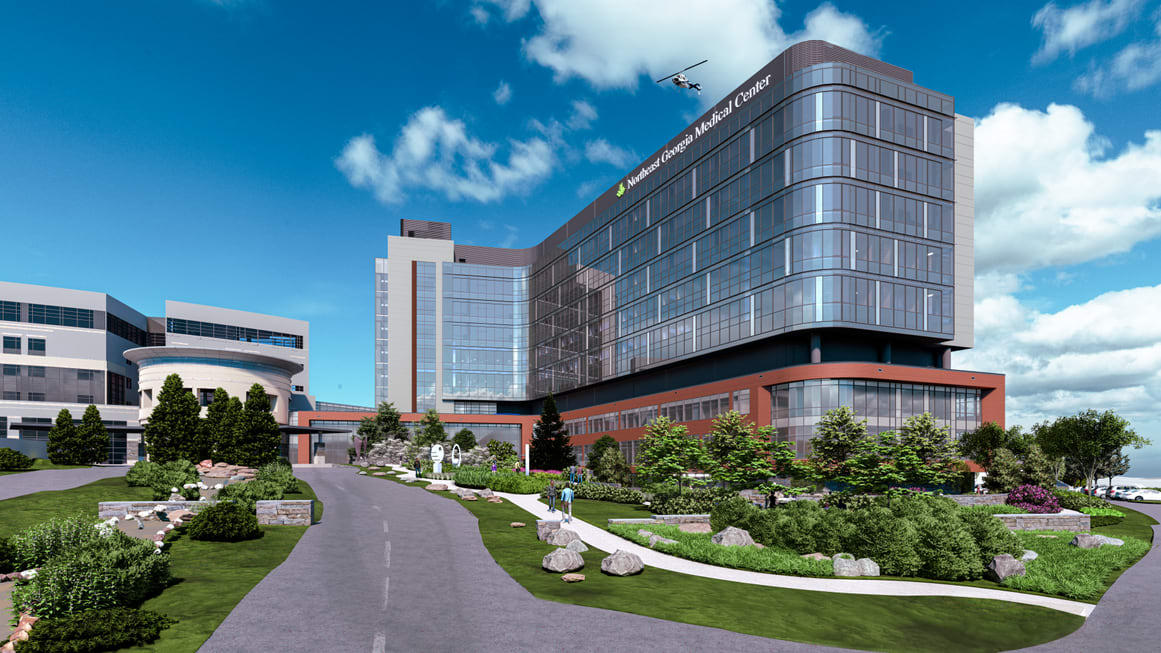NORTHEAST GEORGIA MEDICAL CENTER
In early 2025, Northeast Georgia Medical Center in Gainesville, Georgia embarked on a pioneering initiative to enhance public health preparedness through advanced building automation. The objective was to implement a block-level pandemic isolation system capable of rapidly converting entire sections of the hospital into negative-pressure zones to contain airborne pathogens. This system would serve as a critical infrastructure safeguard during infectious disease outbreaks, ensuring the safety of patients, staff, and visitors.
The customer sought a solution that would eliminate the need for manual damper adjustments, which were previously considered necessary for switching between standard and isolation modes. The goal was to achieve automated, scalable, and integrated control across HVAC, access, and alarm systems—delivering both operational efficiency and emergency responsiveness.
Automated Logic Georgia (ALC) delivered a first-of-its-kind pandemic isolation system as part of a new 850,000 sq ft tower installation. The system featured approximately 10,000 integration points within the WebCTRL® building automation system (BAS), enabling real-time monitoring and control of environmental conditions.
At the core of the solution were custom-engineered HVAC components, including air handling units with HEPA and ULPA filtration, VAV boxes for zone-level pressure management, and dedicated exhaust fans for contaminated air extraction. These elements worked in tandem with automated dampers, pressure monitoring alarms, and remote dashboard access to create a fully responsive isolation environment.

| Client: | Northeast Georgia Medical Center |
| Location: | Gainesville, GA |
| The Challenge: | Manual-to-Automated Transition: The customer initially considered manual damper adjustments for isolation mode, which posed safety risks and operational delays during emergencies.
Tight Timeline Coordination: The project had to meet strict occupancy and pandemic preparedness deadlines, requiring seamless coordination across multiple trades and disciplines. Complex Integration: Achieving real-time, automated control across HVAC, access, alarm, and monitoring systems demanded custom engineering and precise programming to ensure reliability and scalability. |